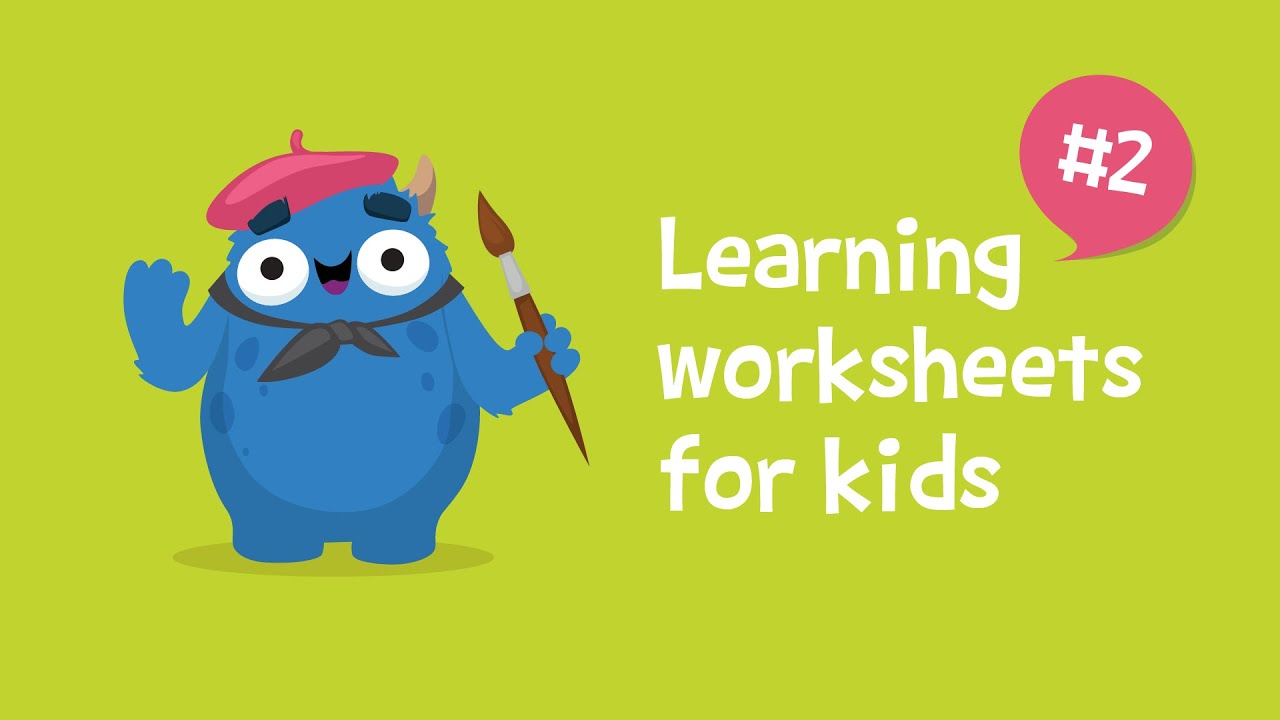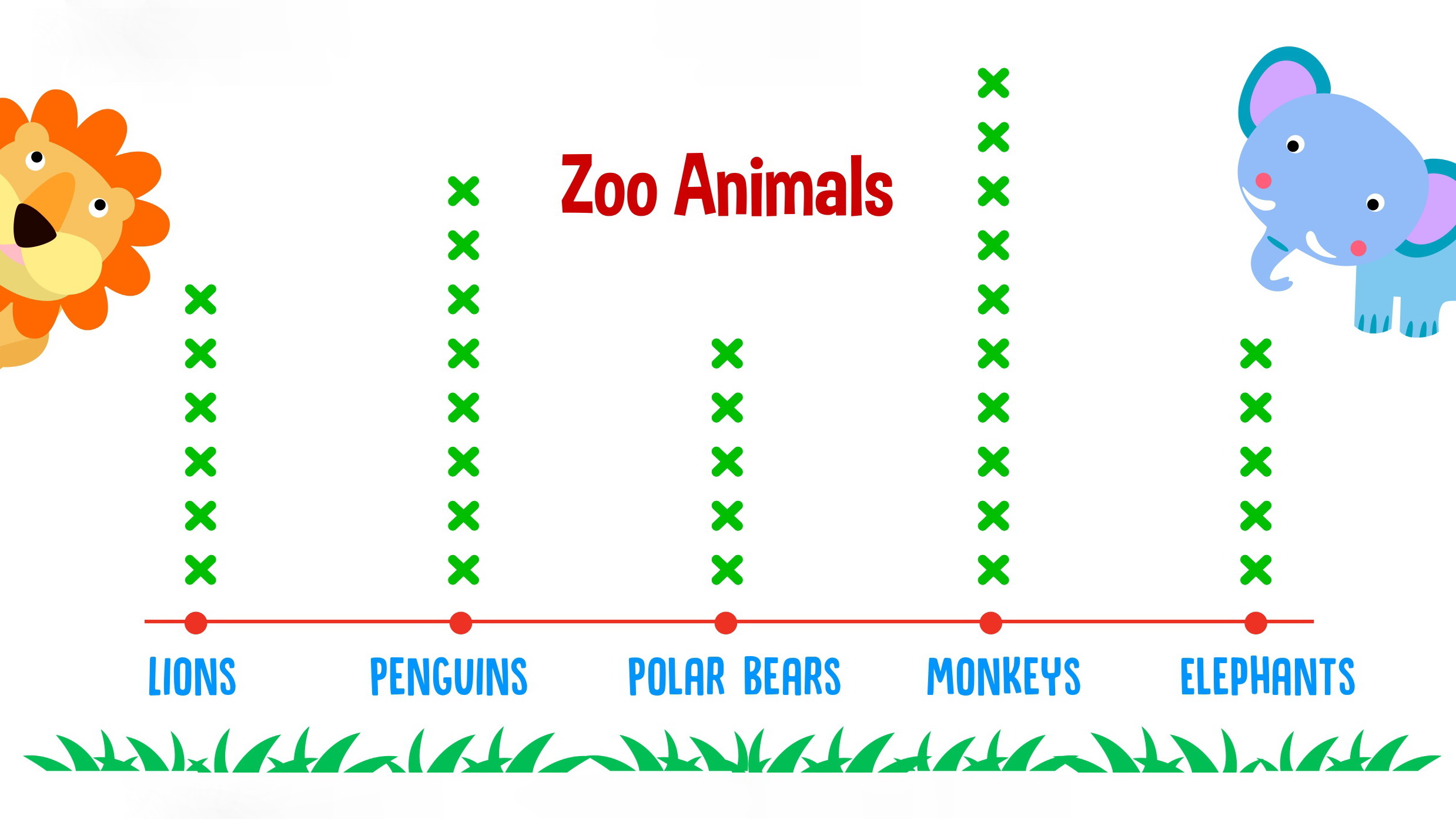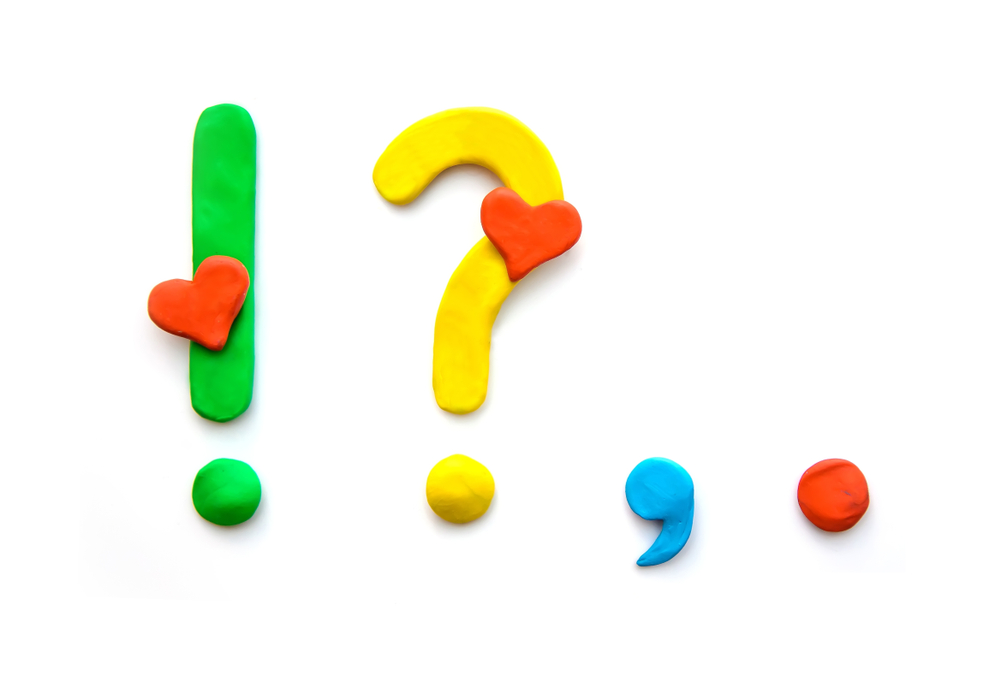Improving observation Worksheets for Ages 3-6
3 filtered results
-
From - To
Enhance your child's observational skills with our "Improving Observation Worksheets" designed specifically for ages 3-6. These engaging and interactive worksheets stimulate critical thinking, boost focus, and encourage careful attention to detail. Perfect for home or classroom use, these activities include fun exercises that revolve around identifying differences, completing patterns, and observing shapes in different contexts. By participating in these enjoyable challenges, your young learners will develop essential skills for their academic journey. Empower your child to notice the world around them, fostering curiosity and confidence in their abilities. Explore our collection and support your child’s early learning today!
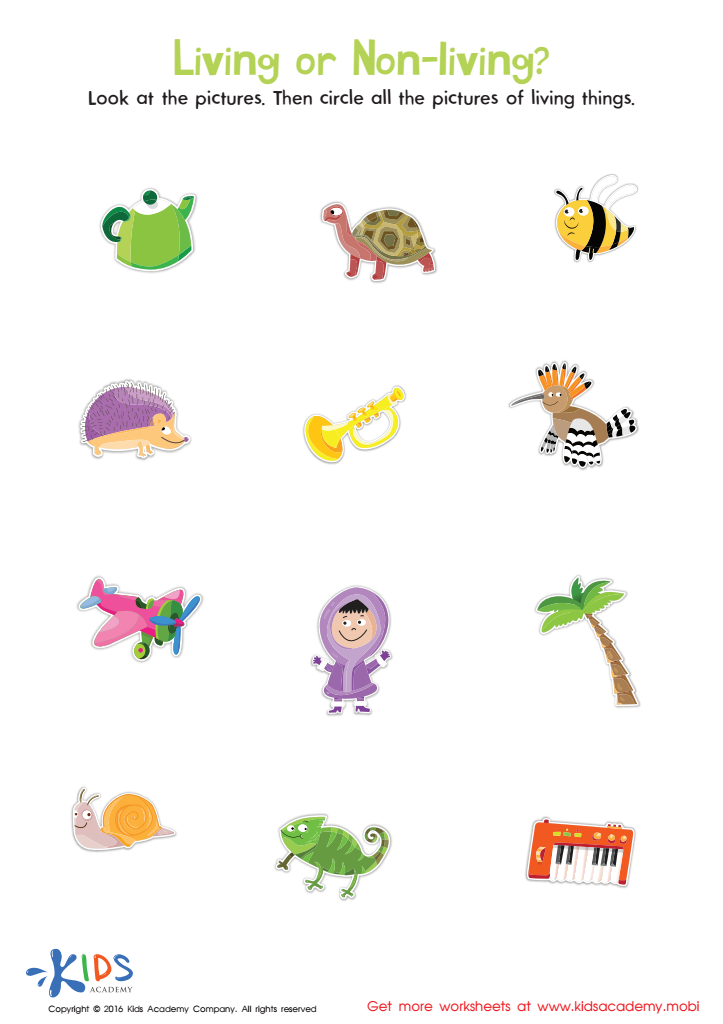

Identifying Living and Non–living Things Sorting Worksheet
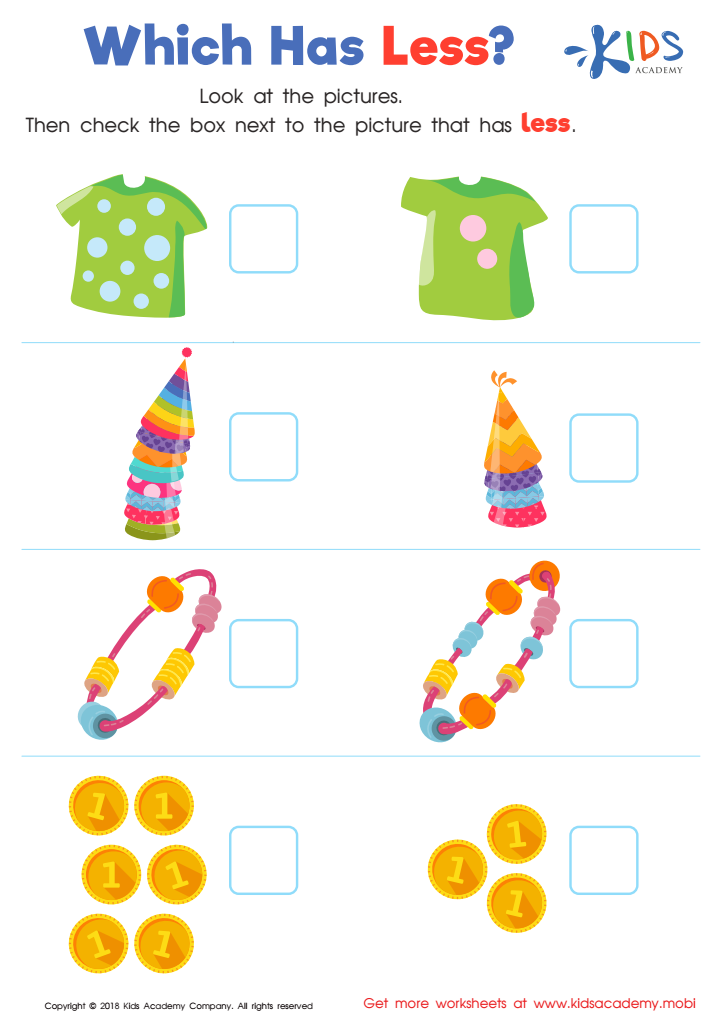

Which Has Less? Worksheet
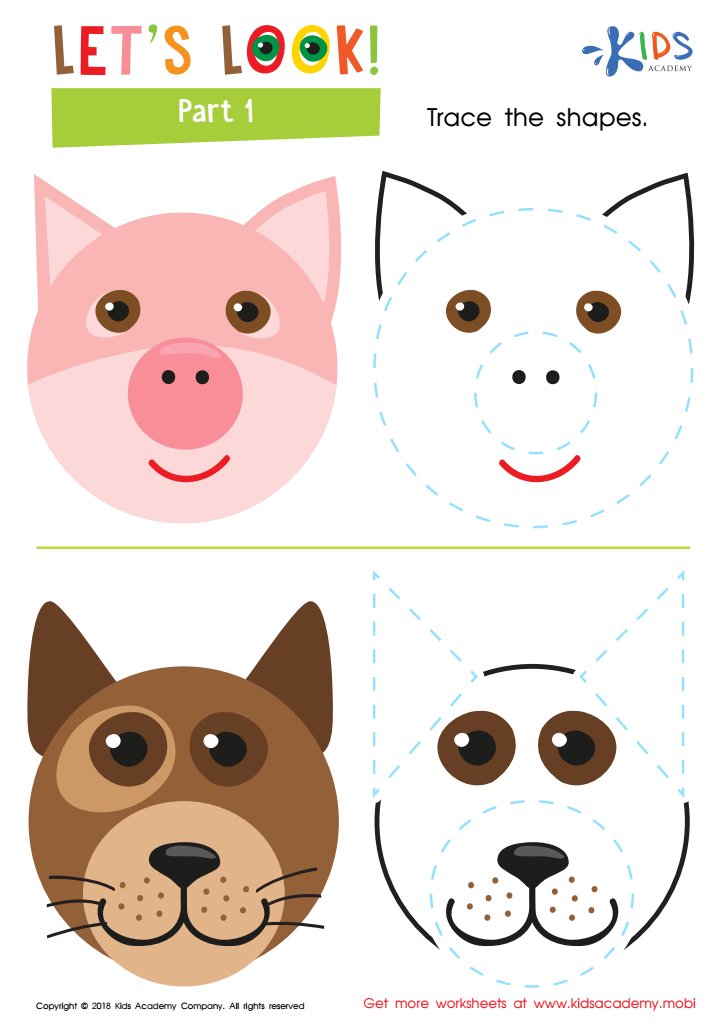

Let's Look! Part 1 Worksheet
Improving observation skills for children aged 3-6 is crucial for several reasons. First, this stage of development is vital for social, emotional, cognitive, and physical growth. By honing observation skills, educators and parents can better understand each child's unique needs and developmental milestones.
Observational skills help adults notice when children are excited about learning, struggling with concepts, or interacting with peers. This insight enables timely and effective interventions, fostering a supportive learning environment tailored to each child. Furthermore, fostering observation can encourage curiosity and critical thinking in children. Through guided activities and discussions, adults can inspire children to make their observations and ask questions, promoting deeper understanding and engagement.
Additionally, enhancing observation skills contributes to building stronger relationships between adults and children. When caregivers actively listen and observe children, it signals that their thoughts and feelings are valued, leading to increased self-esteem and trust.
Ultimately, nurturing observation in early childhood not only aids in developing key skills but also shapes a child's approach to learning and exploring the world, preparing them for future academic success and personal growth. Therefore, prioritizing this aspect should be an essential component of educational strategies for parents and teachers alike.
 Assign to My Students
Assign to My Students





